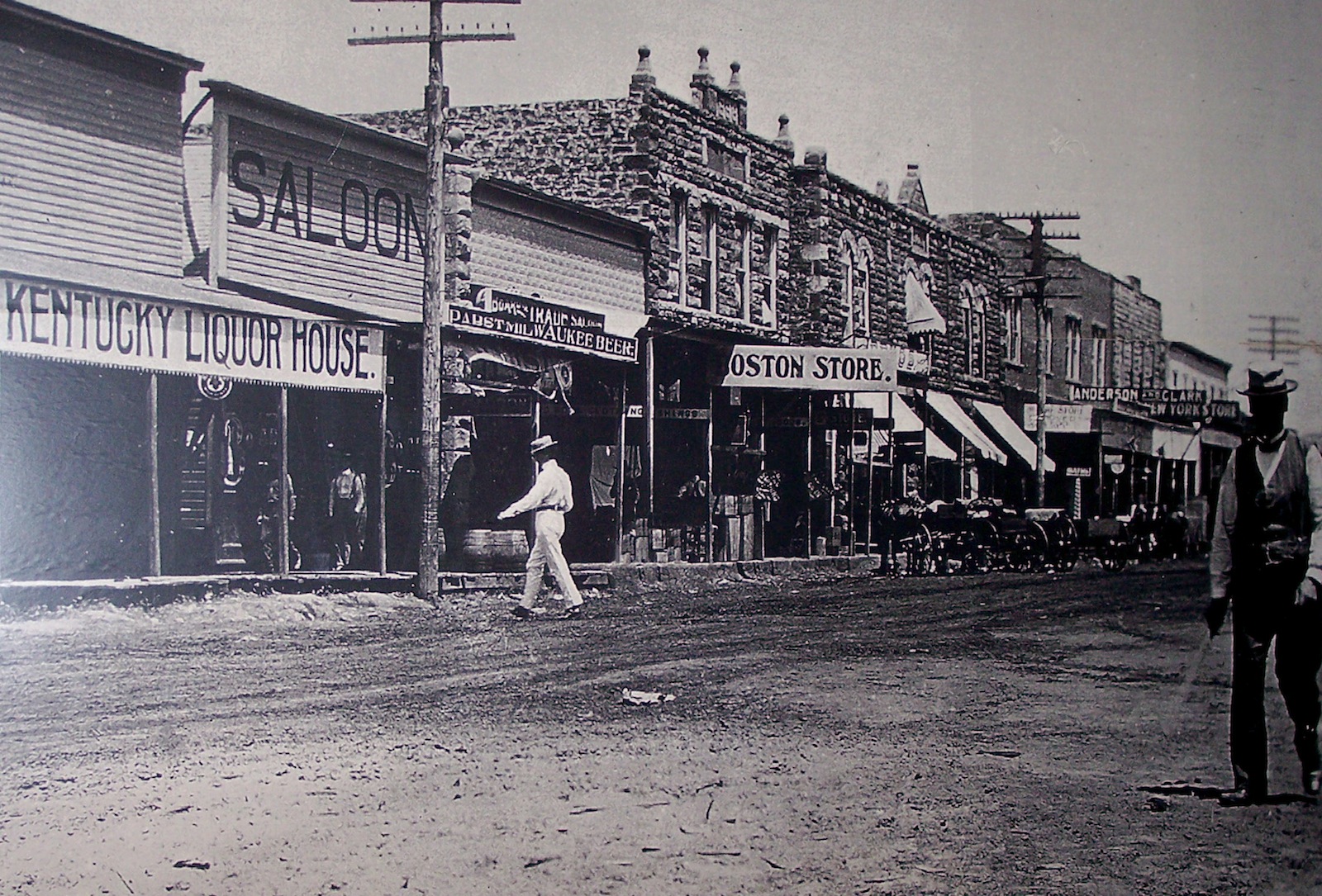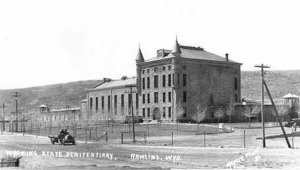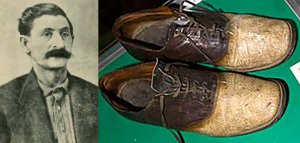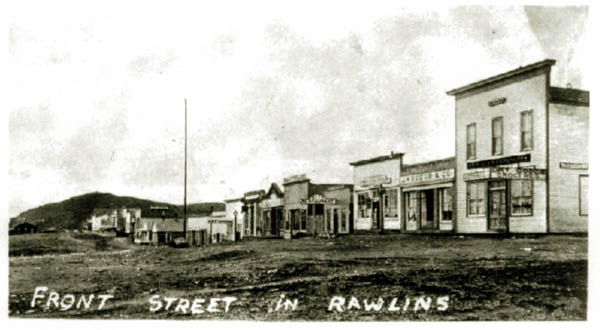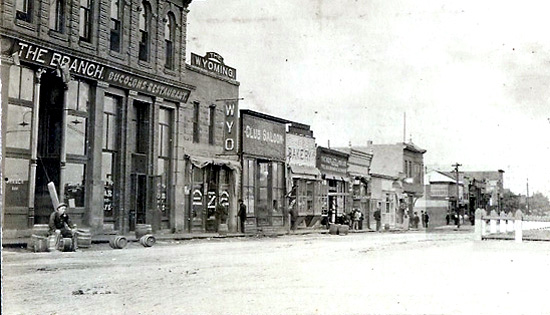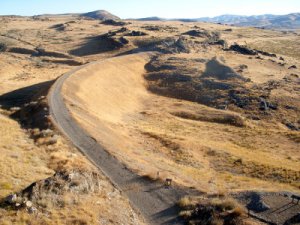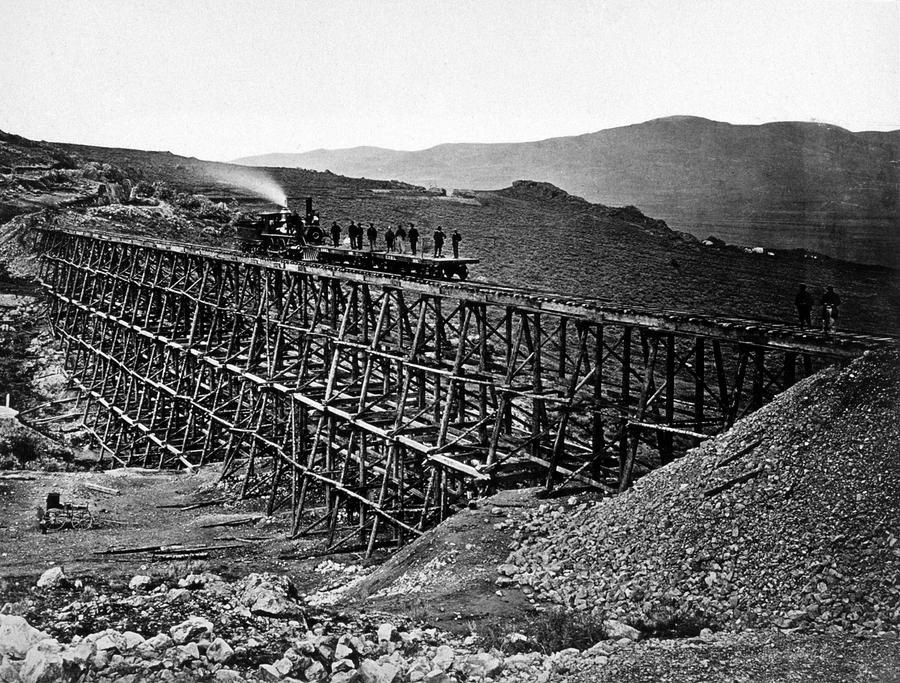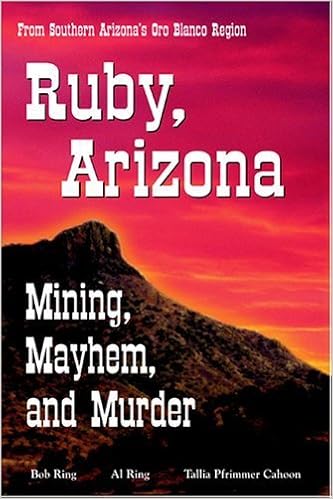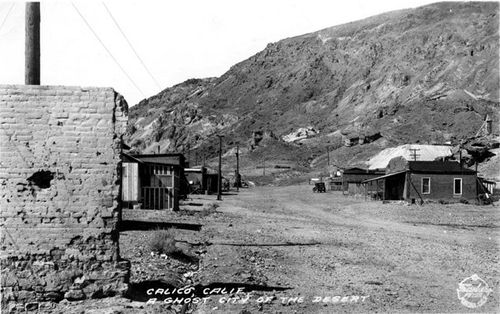Creede, Colorado
"The 1890 discovery of a hefty silver deposit at the Holy Moses Mine by Nicholas C. Creede lead to the nearly overnight boom of early Creede. “Creede Camp” consisted of several settlements including Stumptown, Jimtown (present-day Creede), Amethyst, Weaver, Sunnyside, and Bachelor. A colorful array of characters spent time in Creede including Bob Ford who killed Jesse James, gamblers “Poker” Alice Tubbs and Martha Jane “Calamity Jane” Burke, Marshall William “Bat” Masterson, and scoundrel Jefferson “Soapy” Smith. "


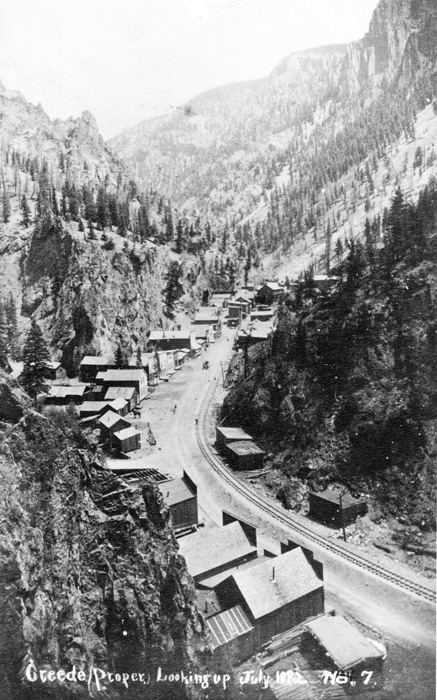
Silver mine, 1906

"The 1890 discovery of a hefty silver deposit at the Holy Moses Mine by Nicholas C. Creede lead to the nearly overnight boom of early Creede. “Creede Camp” consisted of several settlements including Stumptown, Jimtown (present-day Creede), Amethyst, Weaver, Sunnyside, and Bachelor. A colorful array of characters spent time in Creede including Bob Ford who killed Jesse James, gamblers “Poker” Alice Tubbs and Martha Jane “Calamity Jane” Burke, Marshall William “Bat” Masterson, and scoundrel Jefferson “Soapy” Smith. "



Silver mine, 1906

Last edited:









